Polyploidy

Ploidy refers to the number of chromosomal set
Table of Contents
Reviewed by: Mary Anne Clark, Ph.D.
Polyploidy
Polyploidy is defined as the state of being polyploid, which means having more than two sets of chromosomes in a nucleus. It is one of the different types of ploidy, which refers to the number of sets of homologous chromosomes in the genome of a cell or an organism. Each set of chromosomes is designated by n. Below are some other types of ploidy:
- Haploid (n) – with one set of chromosomes
- Diploid (2n) – with two sets of chromosomes
- Triploid (3n) – with three sets of chromosomes
- Tetraploid (4n) – with four sets of chromosomes
- Pentaploid (5n) – with five sets of chromosomes
- Hexaploid (6n) – with six sets of chromosomes
- Heptaploid (or septaploid) (7n) – with seven sets of chromosomes
- Octaploid (or octoploid) (8n) – with eight sets of chromosomes
Humans are diploid creatures, meaning for every chromosome in our body, there is another one to match it. However, not all cells of our body are diploid. Our somatic cells (body cells) are diploid whereas our reproductive cells (gametes) are haploid.
Polyploidy is common in plants and certain groups of fish and amphibians. It is possible for a species, particularly plant species, to produce offspring that contains more chromosomes than its parent. This can be a result of non-disjunction, where normally a diploid parent would produce diploid offspring, but in the case of non-disjunction in one of the parents, produces a polyploid.
In the case of triploids, although the creation of particular triploids in species is possible, they cannot reproduce themselves because of the inability to pair homologous chromosomes at meiosis, therefore preventing the formation of gametes.
Polyploidy is responsible for the creation of thousands of species in today’s planet and will continue to do so. It is also responsible for increasing genetic diversity and producing species showing an increase in size, vigor, and an increased resistance to disease.
Mutation Frequency
This tutorial and the previous lessons, Chromosome Mutations – I & II and Genetic Mutations, have investigated the different ways that mutations arise, and the following elaborates on the ways in which mutations are instigated.
Barring all external factors, mutations occur very rarely and are rarely expressed because many forms of mutation are expressed by a recessive allele aside from the repair mechanisms employed by the organism, e.g. DNA repair.
However, there are many mutagenic agents that artificially increase the rate of mutations in an organism. The following are some factors that increase genetic mutations in organisms:
- Members of species in a particular geographic area or ethnic origin are more susceptible to mutations
- High dosages of X-Rays or ultraviolet light can increase the likeliness of a mutation
- Radioactive substances increase the rate of mutations exponentially
Genetic mutations are a source of new variation in a species because it physically alters the sequence of nucleotides in a given sequence, therefore altering the genome in a unique way.
The next tutorial investigates genetic diversity in more detail, and how certain alleles (perhaps mutations) are favored over other alleles in natural selection…
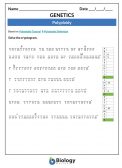
POLYPLOIDY – CRYPTOGRAM (pdf) |
POLYPLOIDY – CRYPTOGRAM
A fun activity on polyploidy! Print this cryptogram and find out who will be the first to solve the puzzle by translating the numbers back to letters. Subjects: Genetics & Evolution |
You will also like...

The Water Cycle
The water cycle (also referred to as the hydrological cycle) is a system of continuous transfer of water from the air, s..
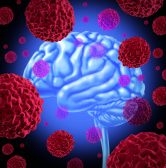
Types and Causes of Brain Damage
This tutorial describes the different types and causes of brain damage. Find out how genetics, physical injury, lack of ..

Genetics – Lesson Outline & Worksheets
Topics Modules Quizzes/Worksheets Description Introduction to Genetics Genetics – Definition: Heredity and ..
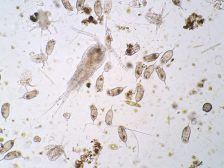
Freshwater Communities & Plankton
Planktons are microscopic organisms that live suspended in aquatic habitats. There are two groups: the phytoplanktons an..
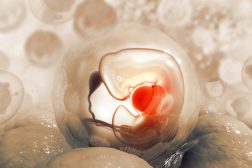
Growth and Development of a Human Baby
Upon fertilization, a zygote forms and develops into an embryo. This tutorial elaborates on the growth and development f..
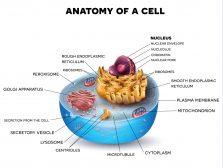
Biological Cell Introduction
It only takes one biological cell to create an organism. A single cell is able to keep itself functional through its 'mi..
